Alejandro Aravena was born in Santiago de Chile in 1967, and can’t pinpoint the exact moment when he first realised he was an architect, but it definitely had to do with his introduction to residential programme design. In fact, if one had to use an expression to describe him, it would be ‘affordable housing’. This link makes perfect sense for someone who is convinced that housing can be used as a tool against poverty. International recognition would come with the Quinta Monroy social housing complex in Iquique, Chile, which he designed through his architectural office Elemental in 2003, and which allowed families who were informally residing in the area to settle. Having graduated in his home country in 1992, he studied in Venice the following year. He taught architecture at Harvard University until 2005 and in 2016 would be awarded the Pritzker Prize. That same year, Aravena was curator of the Architecture section of the Venice Biennale launching the theme ‘Reporting from the front’, stating his belief that ‘the advancement of architecture is not a goal in itself but a way to improve people’s quality of life’, a conviction he reasserts in this interview.
The Chilean architect, who was passing through Lisbon during one of his follow-up visits to the EDP headquarters construction site, in Rua D. Luís I, explained that being an architect is also ‘being grateful about people giving you opportunities’ and that urban communities have helped set priorities: ‘We can’t afford the luxury of missing that knowledge.’
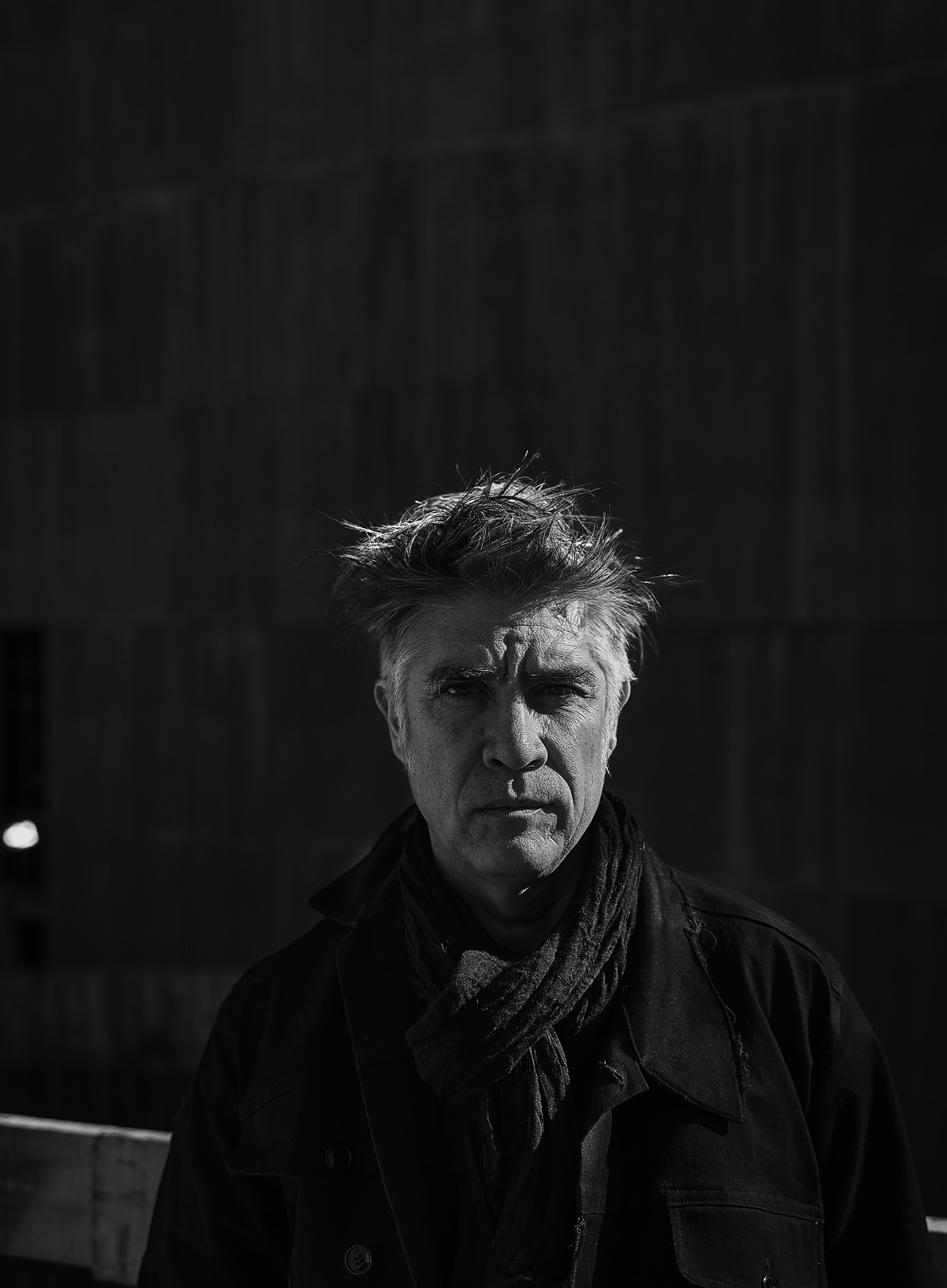

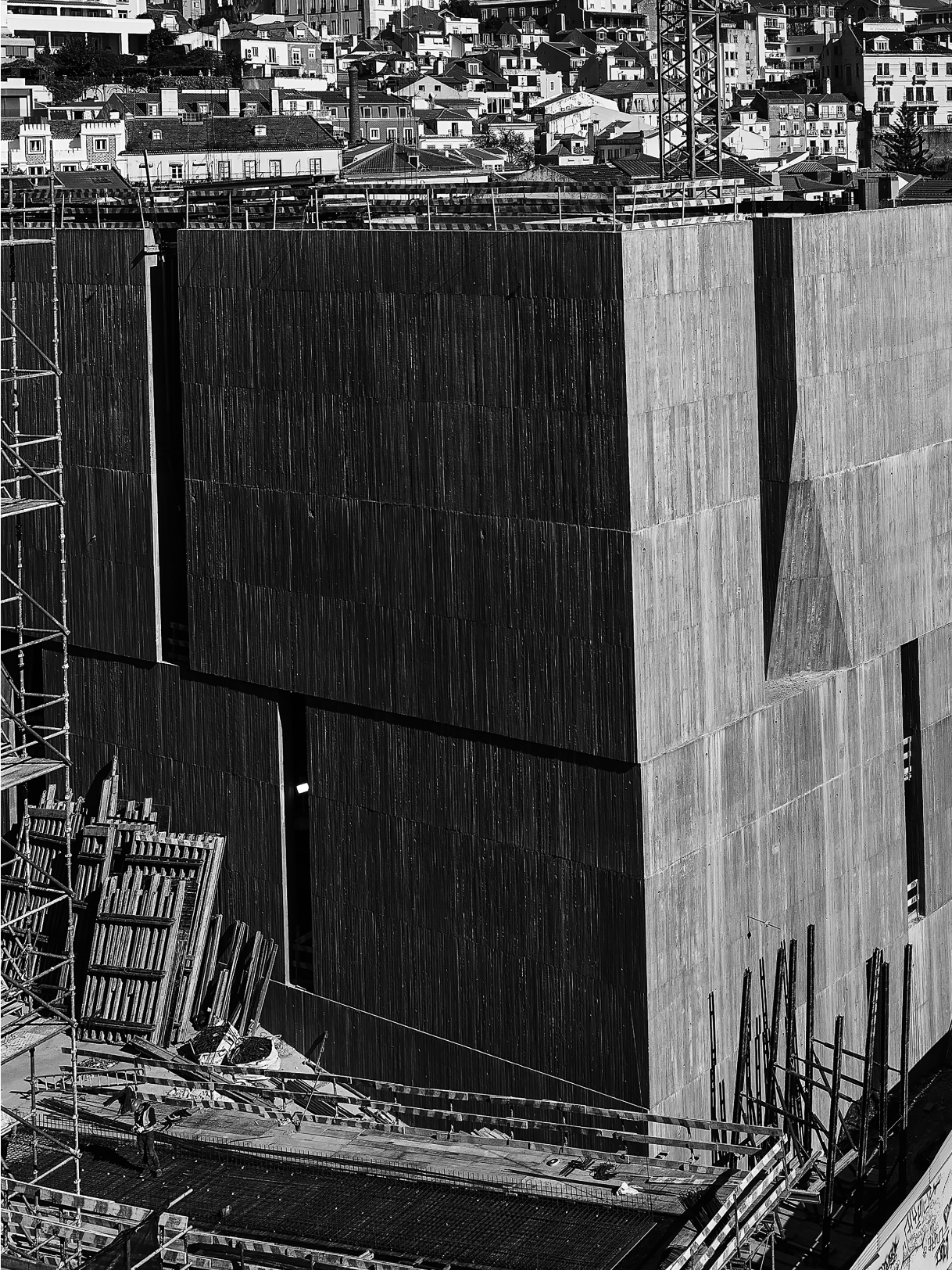
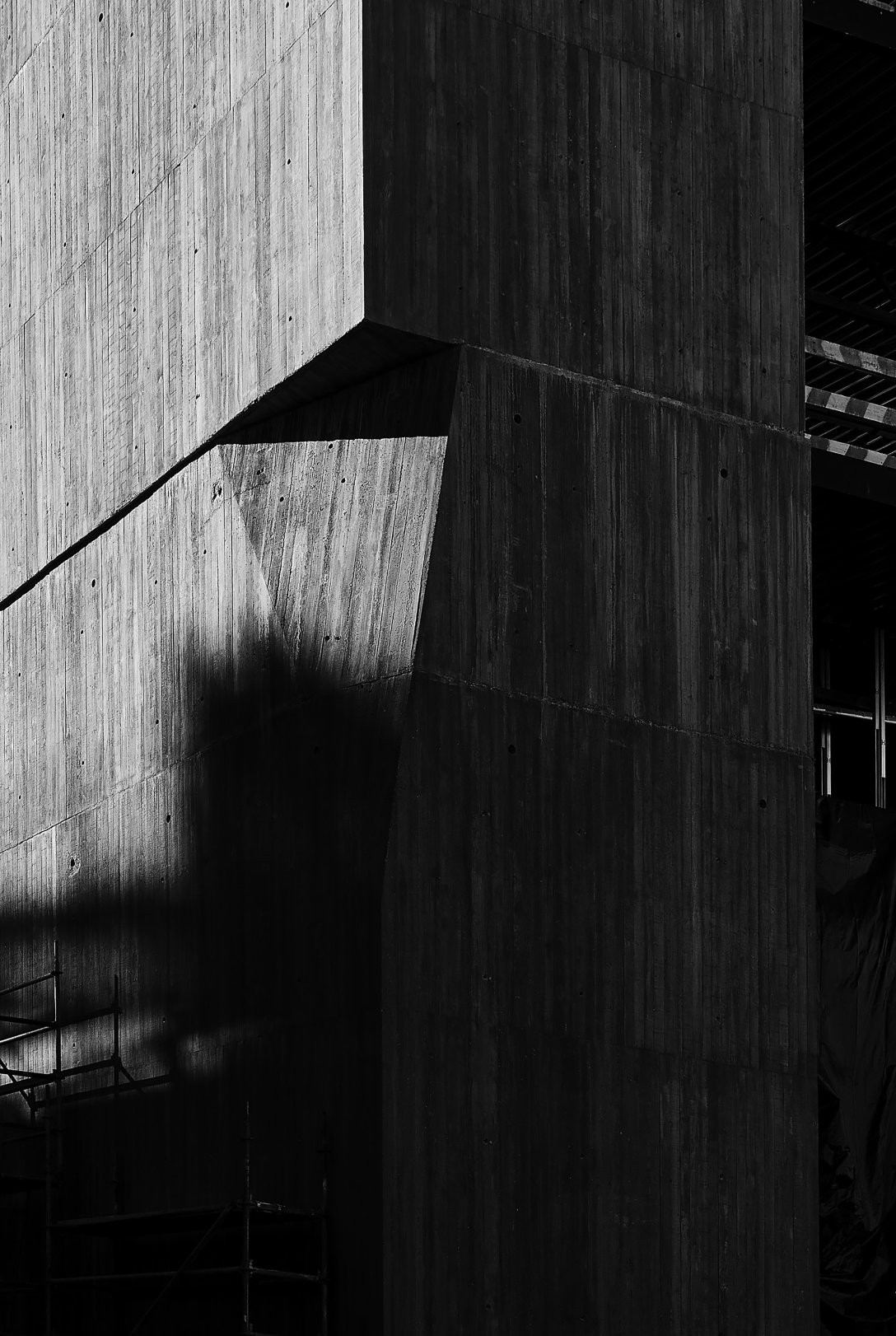
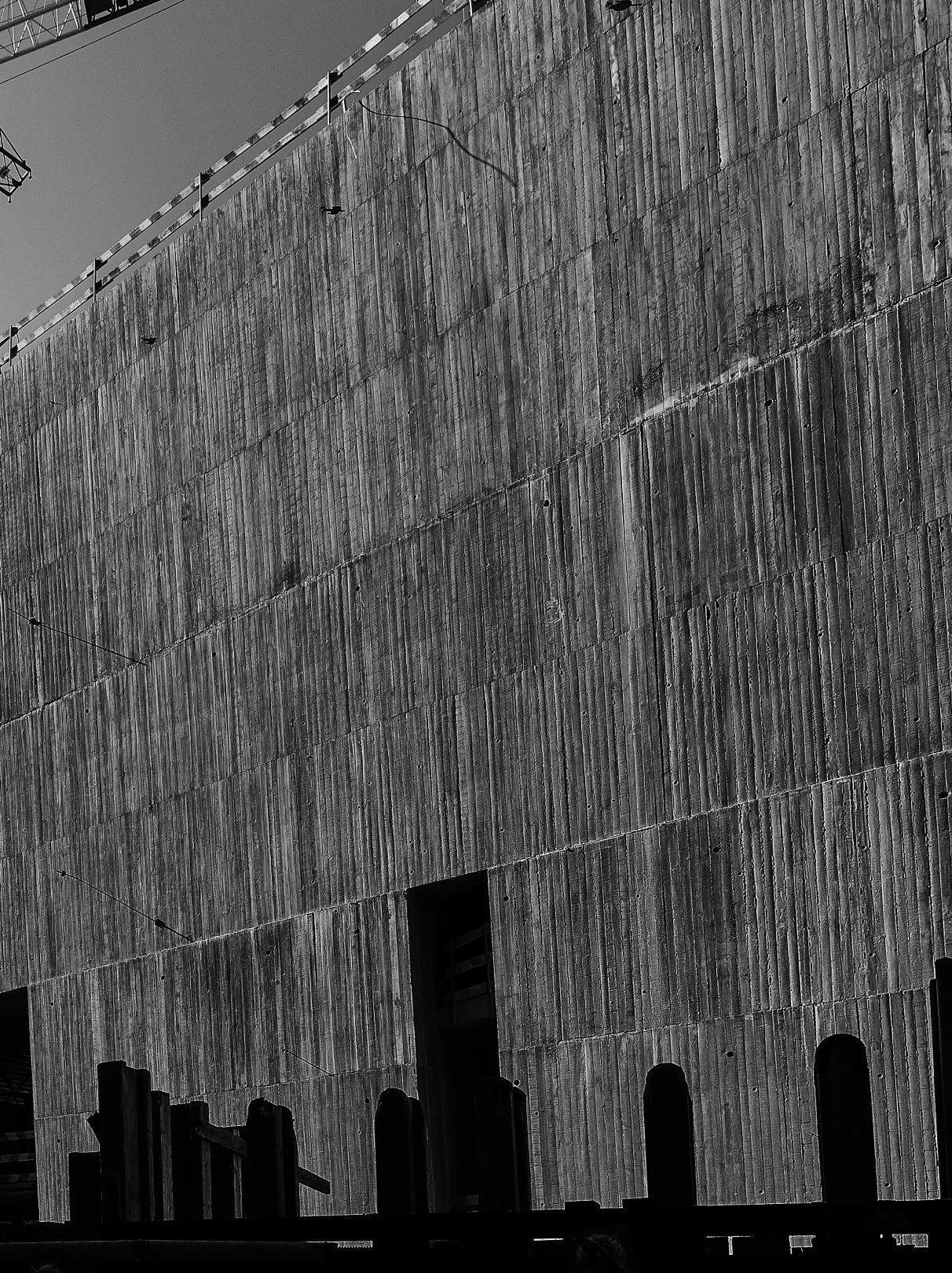

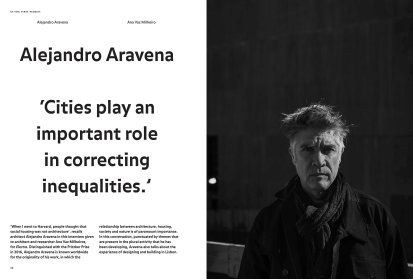
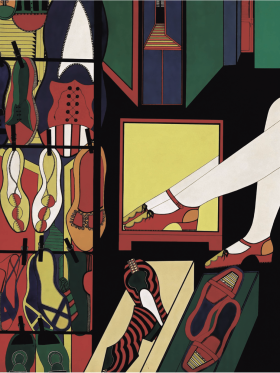
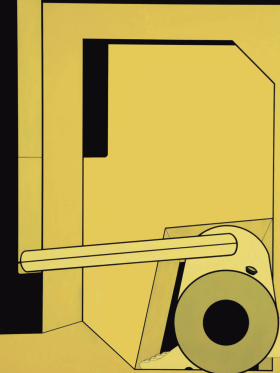
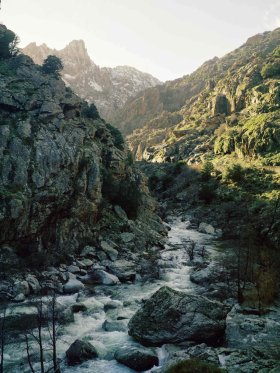
Share article